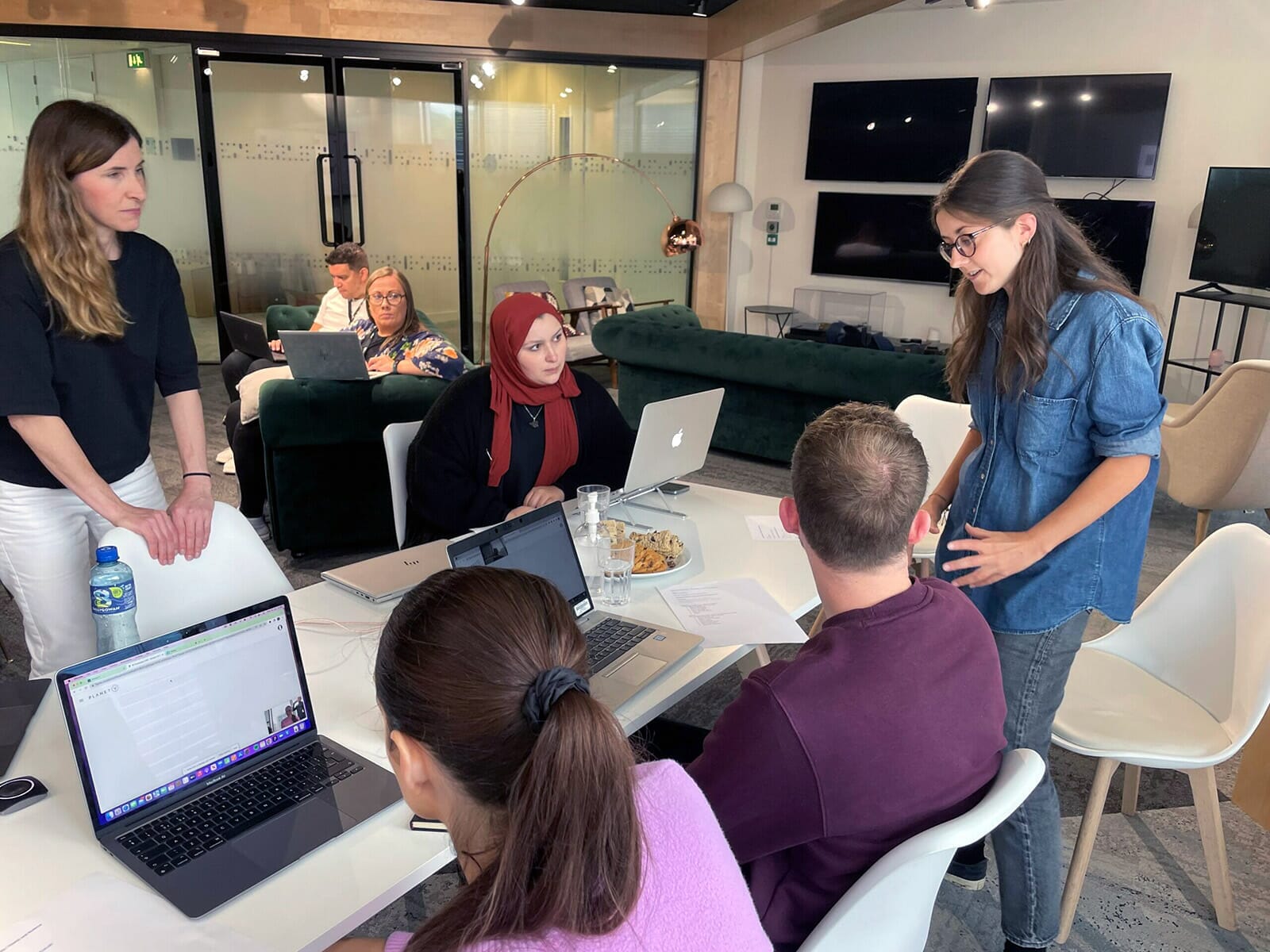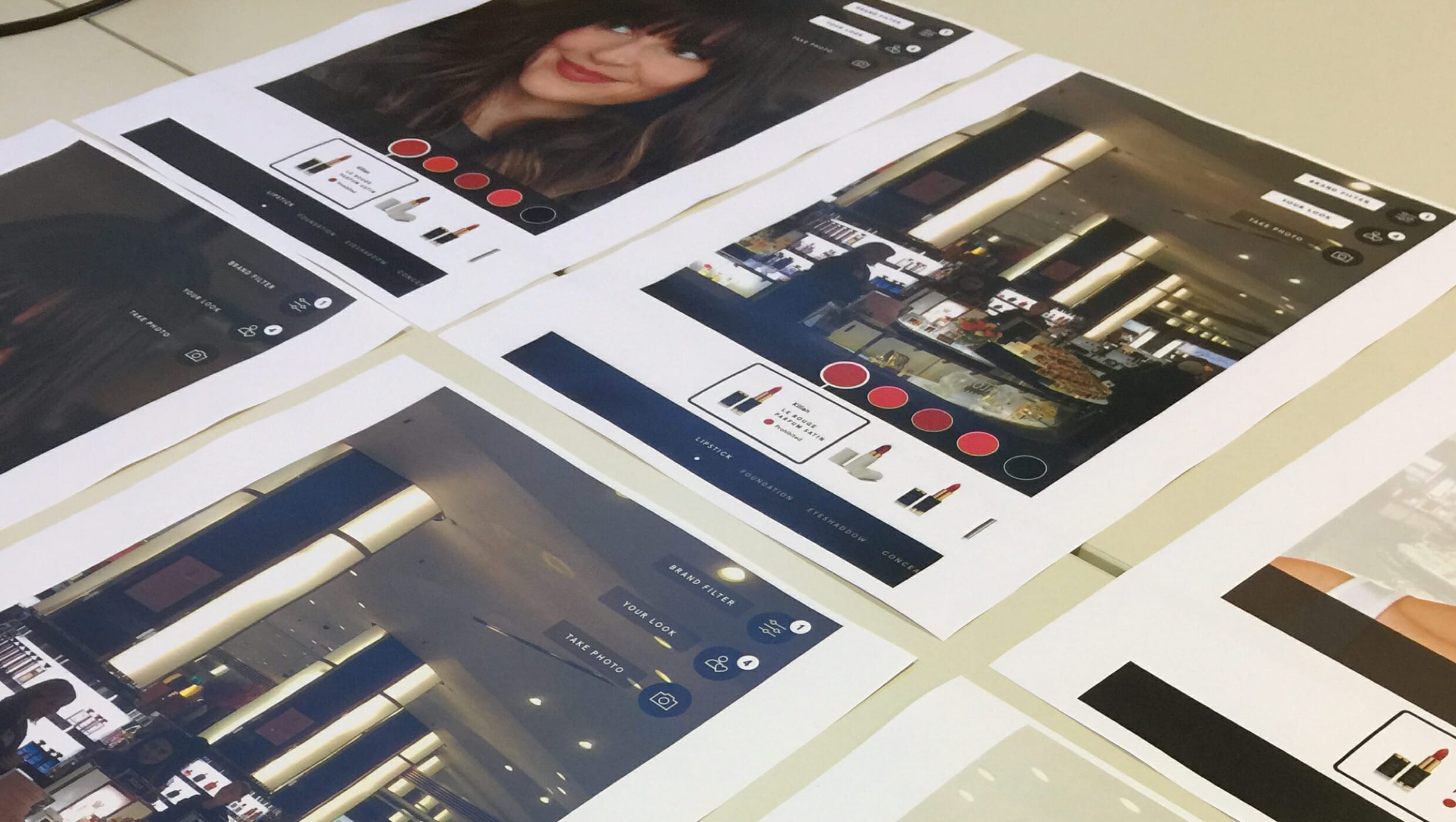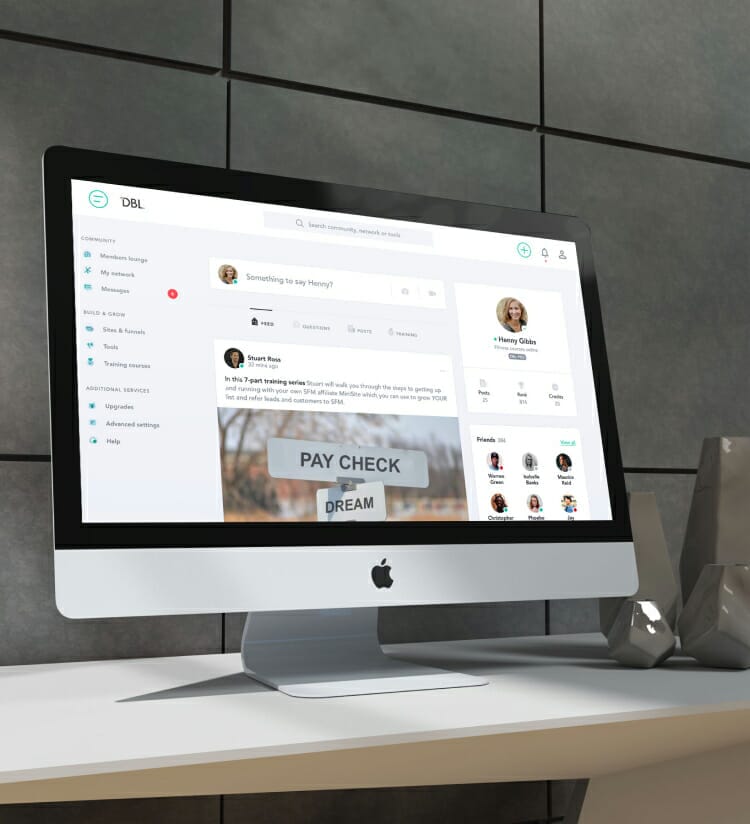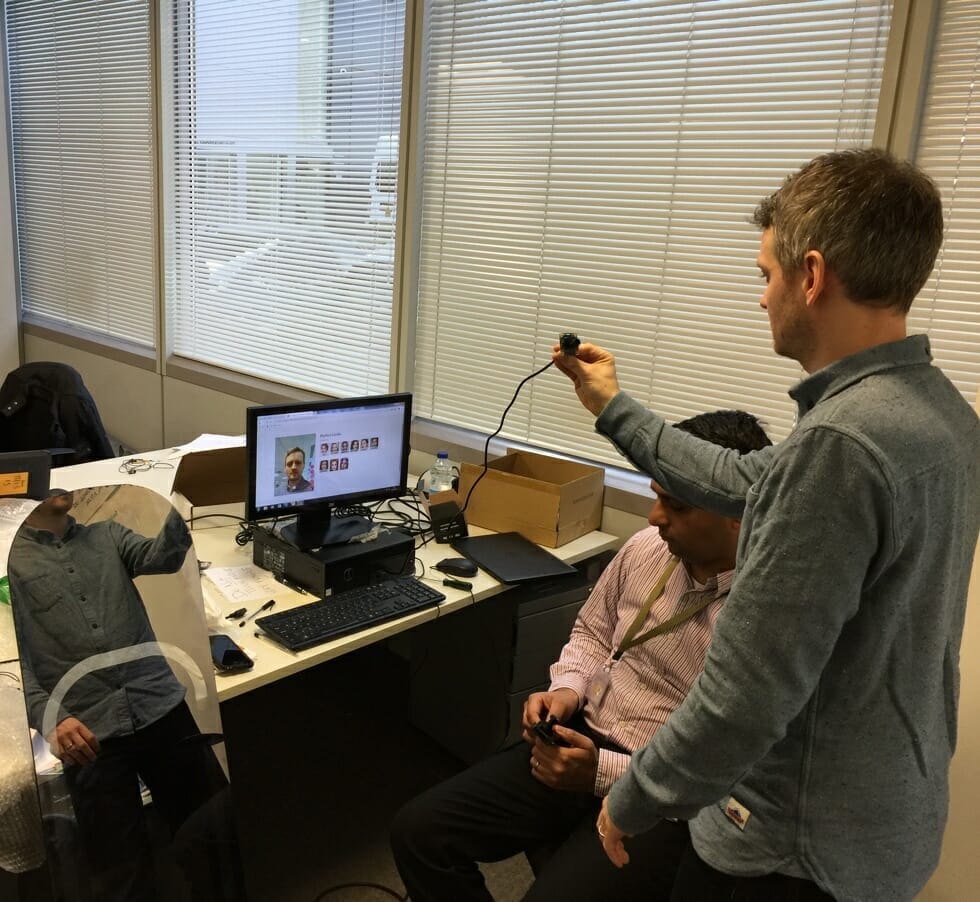Measuring task success, not opinions
While user research explores needs, motivations and context, usability testing focuses on performance, answering practical questions like:
- Can users complete this task without help?
- How long does it take them to find a specific feature?
- Where do they hesitate, struggle or abandon the task?
Through usability testing, we gather evidence on how real users navigate the interface, where they succeed, and where they get stuck. This allows us to uncover usability issues before products launch, or identify problem areas in an existing product that may be affecting user retention, satisfaction, or conversion.
Usability testing allows us to design with confidence, because our decisions are grounded in how people actually use the product, not how we expect them to.






